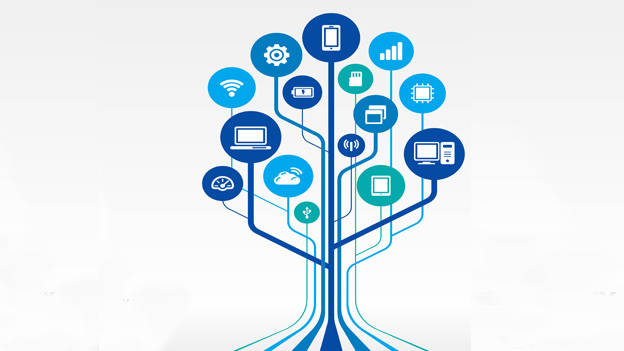Modern HR tech can help stem the employee exodus

The “Great Resignation” is just the latest pandemic-related obstacle businesses are dealing with in their quest to attract and retain talent. Workers aren’t interested in going back to the “pre-pandemic” way of working. They want empathetic bosses and employers who give them flexibility around when and where they can work.
These workers have already demonstrated their willingness to walk away. A staggering 4 million U.S. workers quit their jobs in April 2021. That was the highest number to quit on record, representing 2.7% of those employed, according to the U.S. Labor Department. Despite this exodus, April’s unemployment rate dropped 2.5 percentage points, solidifying the current labor market as a job seeker’s market.
This job seeker’s market is not ideal for employers who are struggling to fill openings. According to The New York Times, more than 58% of the adult population is employed — the highest percentage in 37 years. Accordingly, the National Federation of Independent Business released a survey of small-business owners in May that showed nearly half couldn’t fill empty positions.
The pandemic has taken its toll, leaving nearly half of U.S. workers mentally and physically spent by the end of the workday. Another 41% say they feel burned out from their jobs. Employees want something different, leaving businesses searching for ways to become employers of choice.
It’s All About the Experience
Employee experience begins the moment a candidate is interviewed, and it only ends after they’ve handed over their employee ID. Recruitment, onboarding, career development and even the exit process are all part of the employee experience, and the tools you use for these — and related functions — need to reflect your company culture. Otherwise, the inconsistency is glaring.
Fortunately, there are numerous tech tools that can help to reinforce the relationship you hope to build with your employees.
Here are four types of tools that will help you foster an environment where people want to work:
Employee Feedback Tools
These tools can help employers track job satisfaction, employee performance, and build better ways of communicating with individual employees. However, it’s important to actually take action with the information collected, or people will stop participating. Employee feedback tools help employers reward employees for a job well done or take action on potential problems, before they become unmanageable.
Some of the top employee feedback tools, according to G2, include 15Five, Lattice, and Culture Amp.
Employee Well-being Tools
Burnout is a huge problem for employees. Because of this, employees want to know they’re working for companies that are looking out for their physical and mental well-being. These tools can be a game-changer for businesses wishing to become an employer of choice.
Employee well-being tools that are worth checking out include Wellable, MoveSpring, and Unmind.
Learning and Development Tools
Helping employees grow and develop as professionals is key for retaining employees. People want to learn, especially millennials and Gen Z. A recent report from LinkedIn shows that these groups actually consider it the most important thing an employer can offer.
Docebo, Lessonly, and Trainual are examples of learning and development tools that can help employers take another step toward becoming an employer of choice.
Employee Pay Cycle Tools
On-demand pay is a new category of HR tech tools that has grown rapidly. These tools give employees access to their wages before payday, meaning they can withdraw their income immediately from their Payday Wallet. It also helps employees manage their finances better and provides greater peace of mind.
On-demand pay is a game-changing benefit that businesses can offer to their employees. It improves the experience of hourly workers by giving them free access to their earnings, and it also helps promote financial wellness.
Tech Tools Can Make You Stand out as an Employer of Choice
It used to be that a competitive wage, decent benefits, some paid time off, and a few perks were all a business needed to attract talent. Now workers are in a position to demand so much more. The employers who win the recruiters’ contest will be the ones who can deliver on those demands. They will be able to effectively gauge employee sentiment, help them maintain mental and physical wellness, offer opportunities to grow, and give hourly workers immediate access to their money. The tools are there, and it’s time to use them.
















